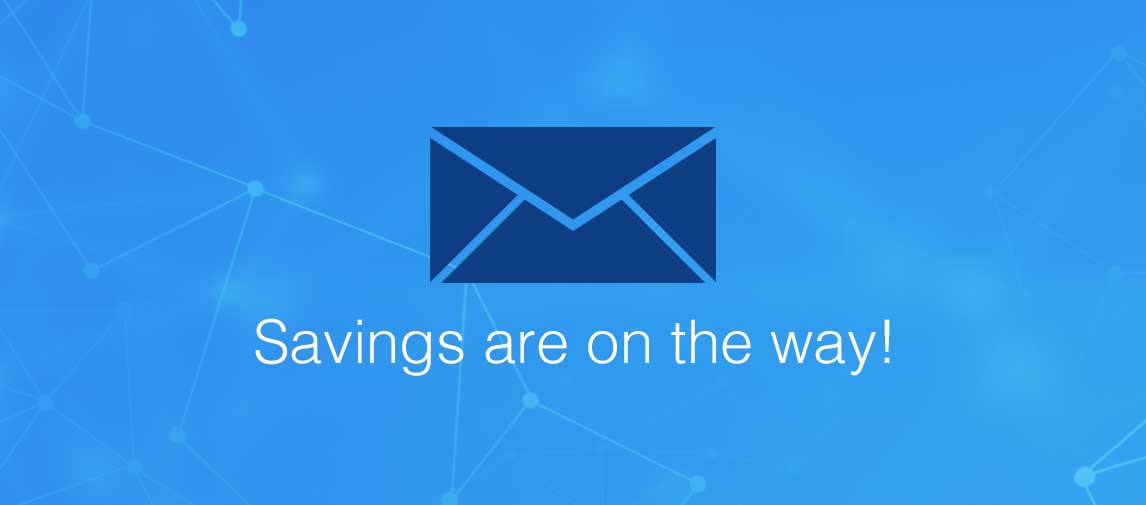title
Please take a moment to fill out this form. We will get back to you as soon as possible.
All fields marked with an asterisk (*) are mandatory.
Red Hat Training Courses
Enhance your IT capabilities with our Red Hat Training Courses. Explore comprehensive courses on cloud-native microservices, network automation, and container adoption. Flexible learning formats available to fit your schedule. Achieve certification and elevate your career with Red Hat.

Course List
-
Featured Subscription
Red Hat Subscription
Access Red Hat learning whenever you want it. And, succeed with a learning solution that is quick, effective and prescriptive.
Learn more...
-
Cloud-native API Administration with Red Hat 3scale API Management with exam
RHT-DO241SP
A robust API Management solution is at the forefront of the enterprise digital transformation along with cloud-native microservice . . .
- Duration: 90 Days
- Delivery Format: Self Paced
-
Ansible on IBM Power Workshop
QZC51G
Learn to efficiently manage Ansible on an IBM Power environment. You’ll be introduced to the world of automation through . . .
- Duration: 16 Hours
- Scheduled Classes : 10 Scheduled Classes
- Delivery Format: Classroom, Virtual
-
Red Hat Cloud-native Microservices Development with Quarkus and Exam
RHT-DO379
Course Description Enterprises are moving to cloud-native microservices architectures. Quarkus is an exciting new technology . . .
- Duration: 5 Days
- Delivery Format: Classroom, Virtual
-
Transforming Applications with IBM WebSphere Hybrid Edition
ZA616GS
This course teaches students how to transform traditional (monolithic) WebSphere applications to run in a containerized environment–Red . . .
- Duration: 16 Hours
- Delivery Format: Self Paced
-
Creating Machine Learning Models with Python and Red Hat OpenShift AI
RHT-AI253
Organizations collect and store vast amounts of information from multiple sources. With Red Hat OpenShift AI, organizations . . .
- Duration: 5 Days
- Delivery Format: Classroom, Virtual
-
Getting Started with Linux Fundamentals
RHT-RH104
With a widely installed base of Linux servers, services, and cloud applications, many organizations have large business and . . .
- Duration: 3 Days
- Delivery Format: Classroom, Virtual
-
Introduction to Python Programming and to Red Hat OpenShift AI
RHT-AI252
Organizations collect and store vast amounts of information from multiple sources. With Red Hat OpenShift AI, organizations . . .
- Duration: 5 Days
- Delivery Format: Classroom, Virtual
-
Virtualization and Infrastructure Migration Technical Overview Video Classroom
RH018-RHT-VC
Learn the basics of open source virtualization and migration planning The Virtualization and Infrastructure Migration . . .
- Duration: 30 Days
- Delivery Format: Self Paced
-
Network Automation with Red Hat Ansible Automation Platform and Exam
RHT-DO458
Red Hat Ansible Automation Platform has as much potential to improve operational efficiency for network automation and administration . . .
- Duration: 5 Days
- Delivery Format: Classroom, Virtual
-
Container Adoption Boot Camp for Developers
RHT-DO720
This boot camp is intended to provide developers who have basic to intermediate knowledge of containers with the foundational . . .
- Duration: 10 Days
- Delivery Format: Classroom, Virtual
-
Developing and Deploying AI/ML Applications on Red Hat OpenShift AI with Exam
RHT-AI268
Organizations collect and store vast amounts of information from multiple sources. With Red Hat OpenShift AI, organizations . . .
- Duration: 4 Days
- Delivery Format: Classroom, Virtual
-
Enterprise Kubernetes Storage with Red Hat OpenShift Data Foundation and exam
RHT-DO371
Enterprise Kubernetes Storage with Red Hat OpenShift Data Foundation supports IT operations teams whose organizations are . . .
- Duration: 5 Days
- Delivery Format: Classroom, Virtual
-
IBM Cloud Pak for Data 4.8: Installation
6XS938GS
Installing IBM Cloud Pak for Data on-premises for the first time can be a daunting task. This course aims to demystify and . . .
- Duration: 6 Hours
- Delivery Format: Self Paced
-
IBM watsonx.data on IBM Cloud Pak for Data 4.8: Modernize Your Data Warehouse and Streamline Data Analytics
6XS946GS
This course offers data engineers more experience with watsonx.data on Red Hat OpenShift Container Platform. You learn to . . .
- Duration: 7 Hours
- Delivery Format: Self Paced
-
Red Hat OpenShift Development I: Introduction to Containers with Podman and exam (DO189)
RHT-DO189
A container-based architecture improves application reliability, scalability, and facilitates continuous integration and . . .
- Duration: 4 Days
- Delivery Format: Classroom, Virtual
-
Red Hat Enterprise Linux Systems Admin I
OSUN-700
This Red Hat Enterprise Linux Systems Admin I course is designed to provide the student with the skills required to acquire . . .
- Duration: 5 Days
- Delivery Format: Classroom, Virtual
-
Red Hat Enterprise Linux Systems Admin II
OSUN-705
This Red Hat Enterprise Linux Systems Admin II course is designed to follow an identical set of topics as the Red Hat® RH134 . . .
- Duration: 4 Days
- Delivery Format: Classroom, Virtual
-
Red Hat Enterprise Linux Systems Administration III
OSUN-715
This Red Hat Enterprise Linux Systems Administration III course builds upon a foundation of core Linux systems administration . . .
- Duration: 4 Days
- Delivery Format: Classroom, Virtual
-
RHCE Rapid Track Course
OSUN-720
This RHCE Rapid Track Course is designed to prepare students for the RHCE certification exam. This course is carefully designed . . .
- Duration: 5 Days
- Delivery Format: Classroom, Virtual
-
RHCSA Exam Prep
OSUN-710
This RHCSA Exam Prep course is designed for students seeking training to prepare themselves for the RHCSA certification should . . .
- Duration: 5 Days
- Delivery Format: Classroom, Virtual
-
We're sorry there are no current courses meeting your filters, but please contact a training advisor who can suggest alternatives aligned with your goals and interests.
Get Personalized Training Solutions
Need a personalized solution for your Training? Contact us, and our training advisors will guide you.
Need Help? We're Here!
Have questions about courses, instruction, materials covered, or finding the right fit? We're here to help!
Need more Information?
Speak with our training specialists to continue your learning journey.
Talk to our team






